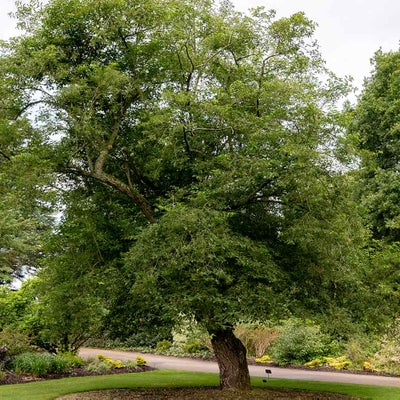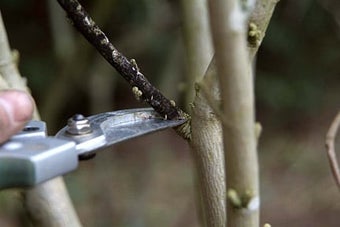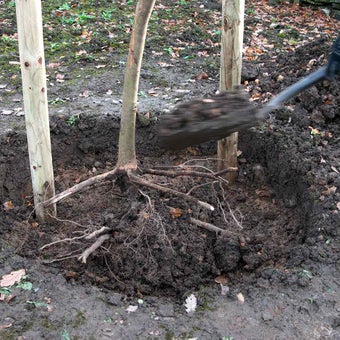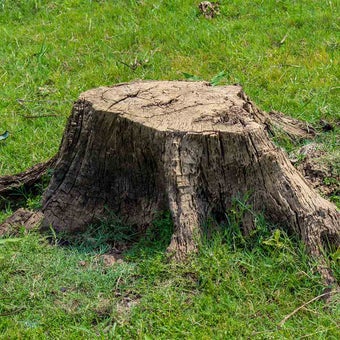
Quick facts
Applies to - Trees only; not bushes, shrubs or hedges
Timing - Normally need to apply for permission to work on a TPO-protected tree eight weeks in advance
TPO legislation and the gardener
You need to be aware of (Tree Preservation Order) TPO legislation in the following cases:
- If a tree on your land, or on adjacent land, is protected
- If you wish to protect trees on your land from threats such vandalism or felling demands by neighbours
- If you wish to protect local woodlands or street trees
Tree Preservation Orders apply to trees, woodlands and non-commercial orchards. Bushes, shrubs and hedges (including high hedges) are not covered.
Information regarding any protected trees on your land can be obtained from the Land Charges Register, held by your Local Authority Planning Department.
Your TPO obligations
It is important to realise that the land owner is responsible for the upkeep and care of the tree, and for any health and safety risks it may pose. If a TPO-protected tree needs to be felled because of health and safety concerns, the Local Authority may insist that a replacement is planted. However, the same does not apply to trees in Conservation Areas (see Applying to work on a TPO-protected tree below for more details).
Applying to work on a TPO-protected tree
Where work needs to be carried out on a tree with a TPO, you need to consider the following:
- Permission to carry out work on a TPO tree needs to be applied for around eight weeks in advance to the Local Planning Authority for a TPO-protected tree
- This includes all work, even routine pruning of a fruit tree
- Notice of works on a tree in a Conservation Area must be given six weeks in advance. If the Council refuses, or if local residents object, an additional TPO could be placed on that tree
- Where the tree is dead, dying, or a health and safety risk and pruning is considered urgent, then permission must be sought a minimum of five days in advance
- Assessment by a tree surgeon (find one through the Arboricultural Association) may aid the application
Protecting a tree
If you wish to protect a tree in your area, write to the Planning Authority stating your reasons, and include a map to aid identification. An immediate, temporary (six month) TPO can be put in place by the Local Planning Authority. The Authority would then inform neighbours and interested parties. Any objections must be received within 28 days. After six months, the temporary TPO could be confirmed and made permanent, or allowed to lapse. Local residents have the chance to raise objections in that time.
Exceptions
Exceptions can be made to the need for permission or notice of tree works in the case of emergency, but it is better to inform, and obtain agreement in writing, the Council first at least five days in advance (Regulation 14 of The Town and Country Planning (Tree Preservation)(England) Regulations 2012). Fines imposed by a Magistrates' and High Court can be unlimited for unauthorised interference with a protected tree. Certain exceptions exist for commercial orchards, certain works done by utility companies, and in specific legal situations. Carrying out work that requires immediate attention and than applying for retrospective permission is inadvisable but if necessary take photographs and collect all data to reduce the risk of prosecution.
Note that TPOs do not protect trees from felling where a new development has been granted planning permission by the Planning Authority, if the tree’s presence would impede the implementation of that planning permission.
Find out more
For further introduction, read Tree Preservation Orders and trees in conservation areas. These are published by the Department for Communities and Local Government and refer to England and Wales, but similar legislation applies in Scotland.
Advice on campaigning to protect local woodlands can be obtained from the Woodland Trust and The Tree Council.
For full details on Listed buildings and Conservation Areas, see Planning (Listed Buildings and Conservation Areas) from the Government's legislation website.
For more information read our advice page on Trees and the law.







